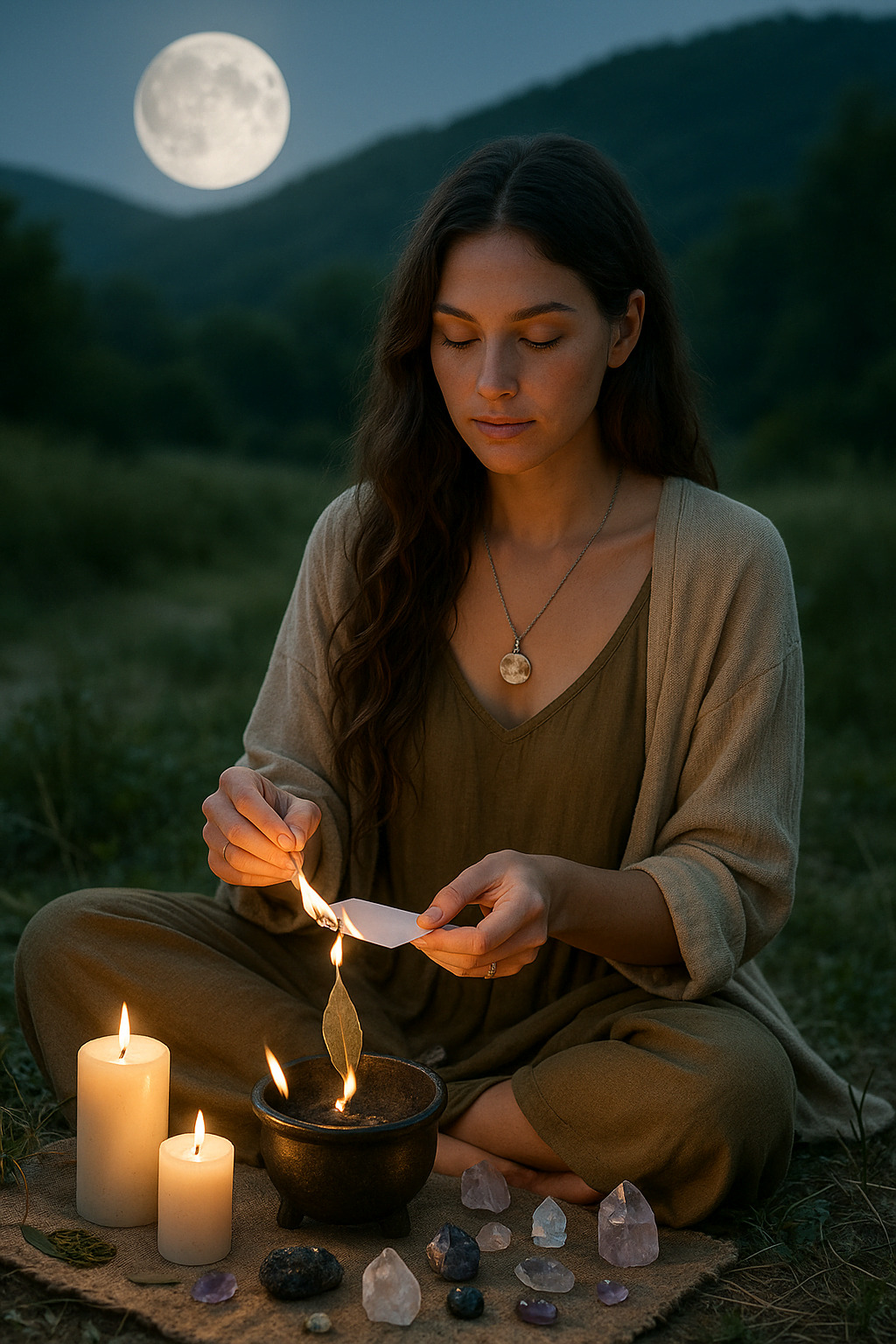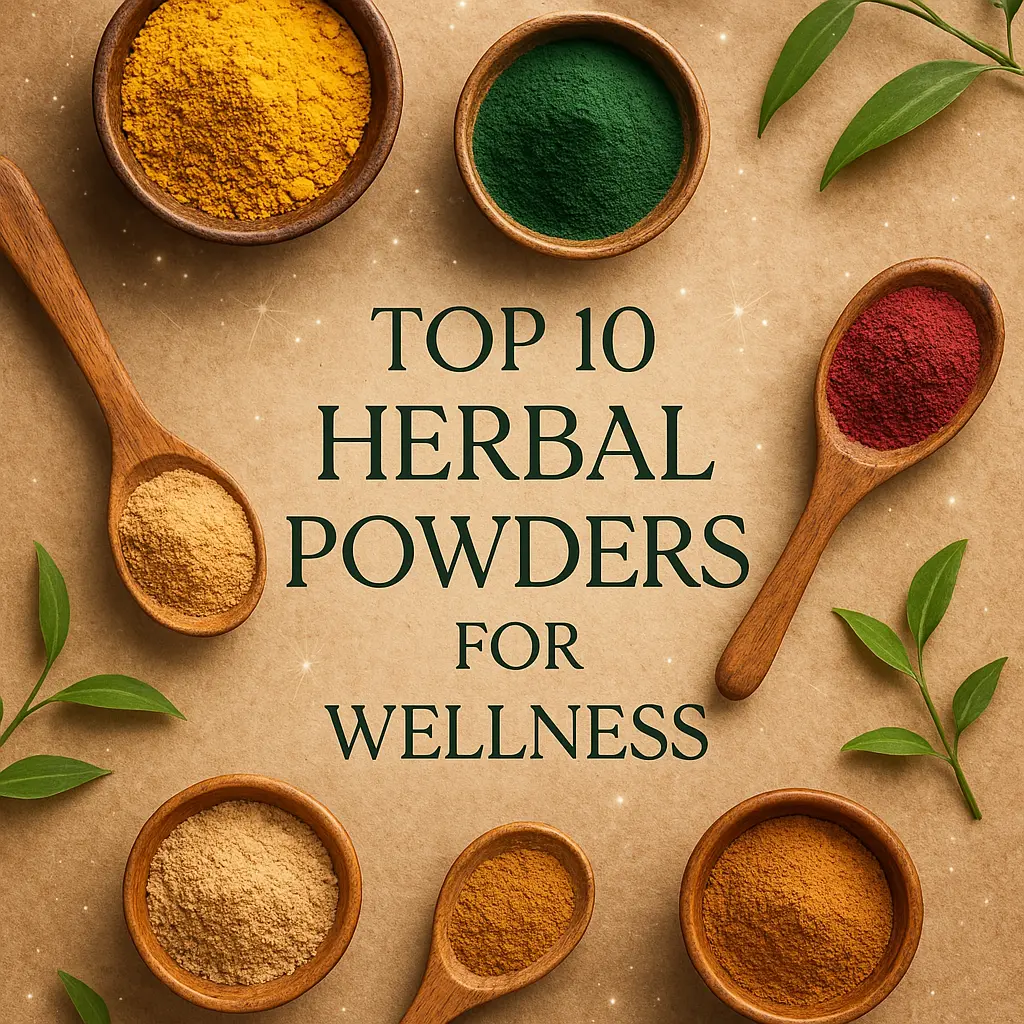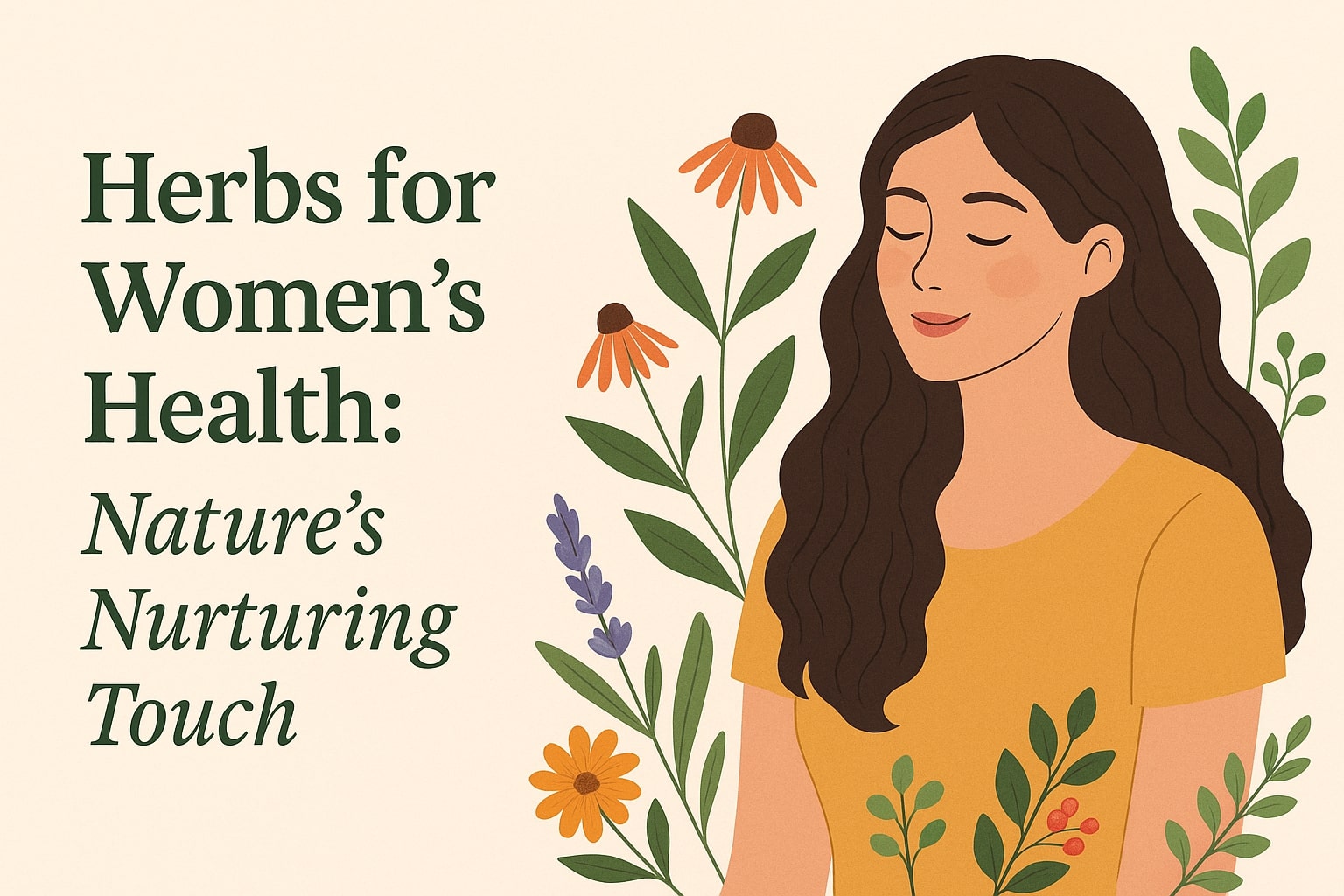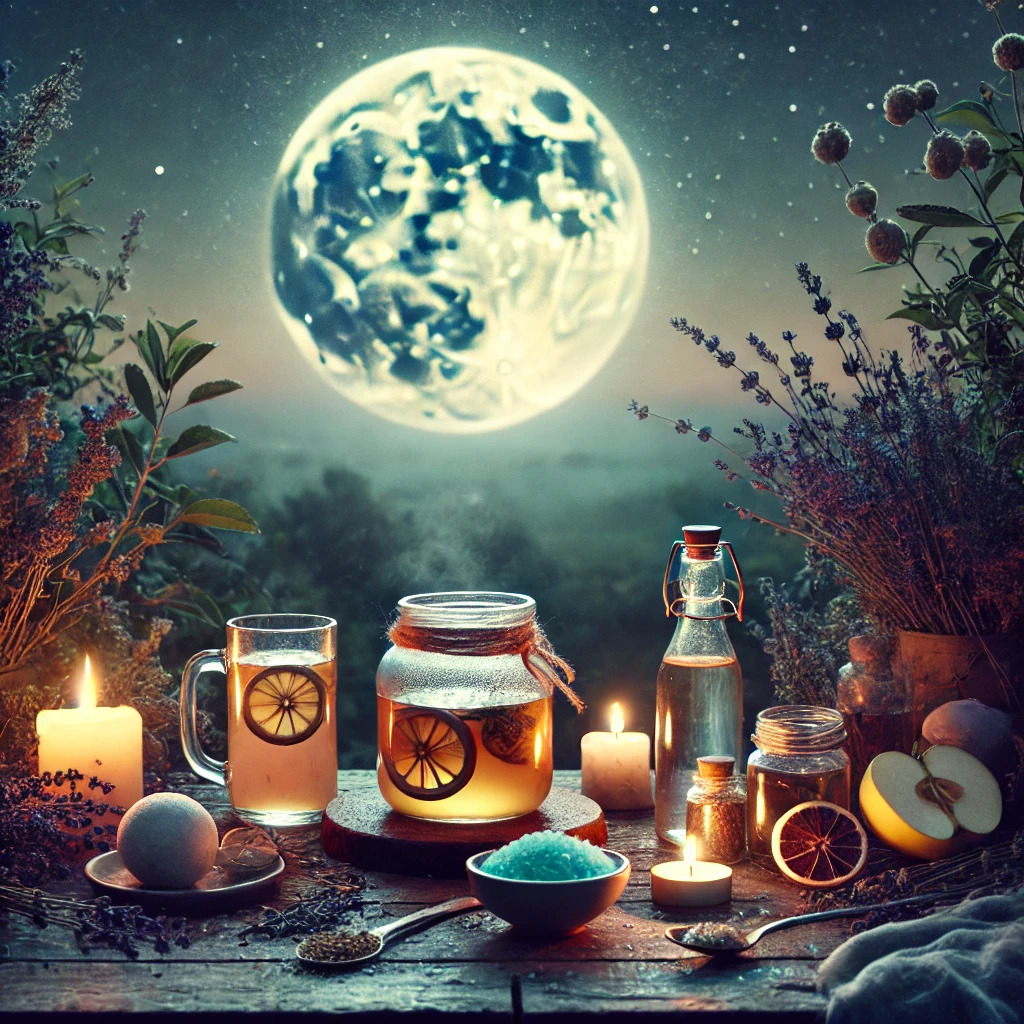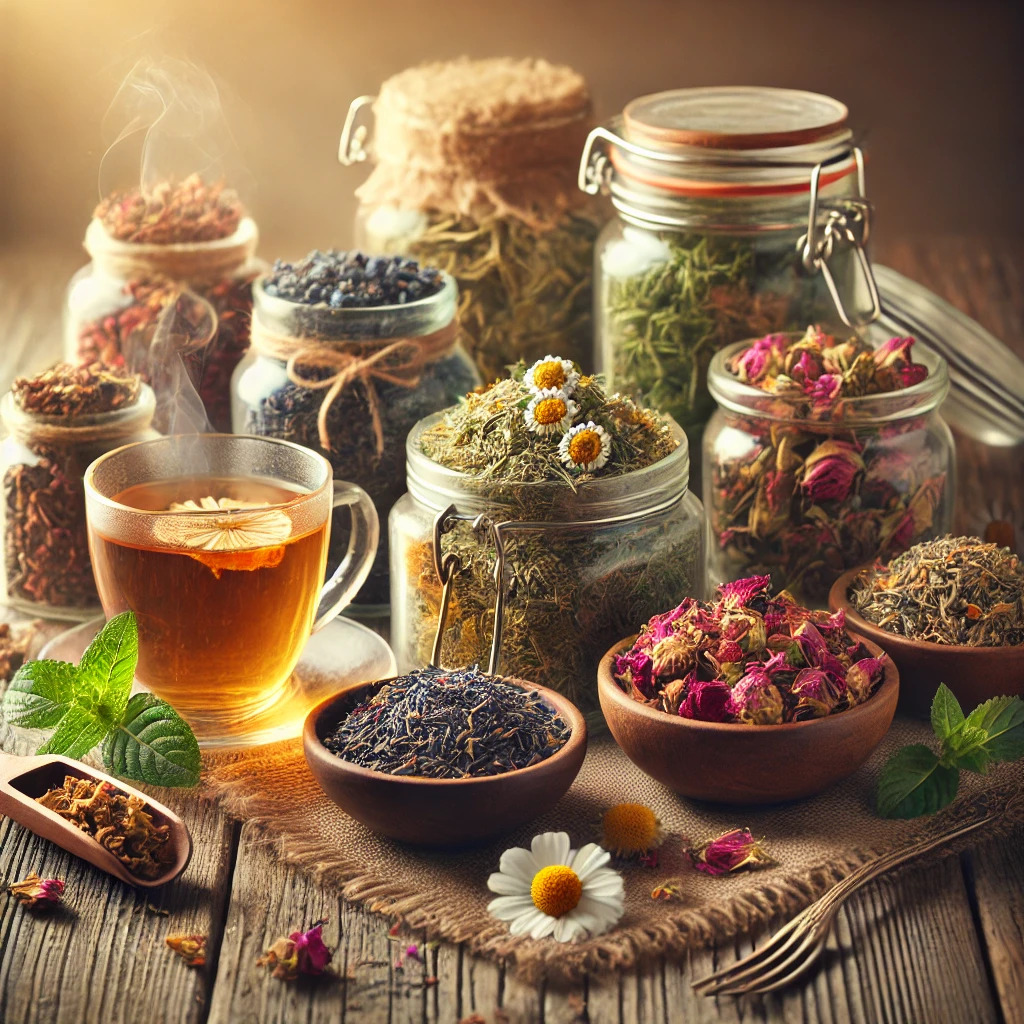Aromatherapy harnesses the power of essential oils to heal, uplift, and rejuvenate—an ancient practice rooted in cultures around the world. These concentrated plant extracts pack the natural essence, fragrance, and healing magic of their source into every drop. If you’re new to essential oils, the journey can feel both thrilling and a bit overwhelming. This guide simplifies everything you need to know, from understanding essential oils to mastering their safe and effective use, so you can start your aromatherapy journey with confidence and excitement.
What Are Essential Oils?
Essential oils are highly concentrated liquids extracted from different parts of plants, including flowers, leaves, bark, and roots. The extraction process involves methods like steam distillation or cold pressing, which preserve the natural aromatic compounds of the plants. These oils are packed with potent properties that can benefit your physical, emotional, and spiritual well-being.
Each essential oil has a unique chemical composition, giving it distinct therapeutic properties. For example, lavender is known for its calming effects, while peppermint can invigorate and uplift. Understanding the basic properties of popular essential oils is the first step in getting started with aromatherapy.
Top 10 Essential Oils for Beginners
Before you dive into the world of essential oils, it’s helpful to familiarize yourself with some of the most versatile and widely used oils:
- Lavender: Known for its calming and relaxing properties, lavender is perfect for reducing stress, anxiety, and promoting restful sleep.
- Peppermint: This invigorating oil is excellent for boosting energy, improving focus, and relieving headaches.
- Lemon: With its fresh, uplifting scent, lemon oil is great for detoxifying, improving mood, and purifying the air.
- Tea Tree: Renowned for its antimicrobial properties, tea tree oil is a must-have for skincare, particularly for acne and cuts.
- Eucalyptus: This oil is ideal for respiratory health, helping to clear sinuses and soothe coughs.
- Frankincense: Often used in meditation and spiritual practices, frankincense promotes relaxation and deep breathing.
- Chamomile: A soothing oil that helps with sleep, relaxation, and reducing skin irritation.
- Rosemary: Known for enhancing memory and concentration, rosemary also supports hair health and digestion.
- Ylang Ylang: A sweet, floral oil that helps balance emotions and promote a positive mood.
- Clary Sage: Beneficial for women’s health, clary sage helps alleviate menstrual discomfort and supports hormonal balance.
These oils provide a solid foundation for any beginner’s aromatherapy kit, offering a range of benefits from relaxation to energy boosting.
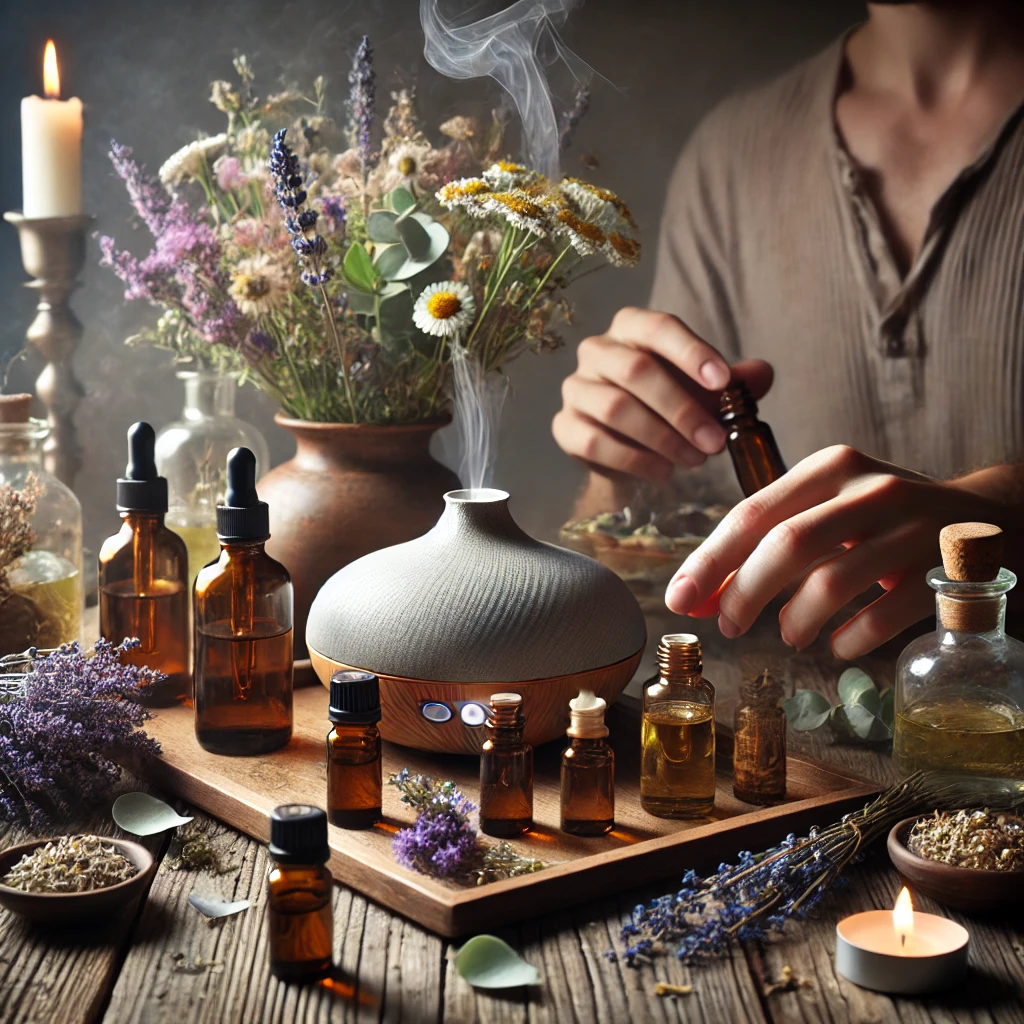
How to Use Essential Oils
There are several ways to use essential oils in aromatherapy, each providing unique benefits. The most common methods include:
- Diffusion
- How It Works: A diffuser disperses essential oils into the air, allowing you to inhale the therapeutic aroma. This is one of the simplest and most effective ways to enjoy aromatherapy.
- Benefits: Diffusion can purify the air, improve mood, promote relaxation, and even support respiratory health.
- Start by adding 5-10 drops of your chosen oil to a diffuser filled with water. Turn it on, and let the aroma fill your space.
- Topical Application
- How It Works: When applied to the skin, essential oils can be absorbed into the bloodstream, delivering targeted benefits.
- Benefits: Topical application is effective for addressing skin concerns, muscle pain, or localized issues.
- Start by diluting essential oils with a carrier oil, like coconut, jojoba, or almond oil, to avoid skin irritation. A common dilution ratio is 2-3 drops of essential oil per teaspoon of carrier oil. Apply the mixture to the affected area or pulse points like wrists, neck, or temples.
- Inhalation
- How It Works: Inhalation involves breathing in the aroma of essential oils directly or using a steam inhalation method.
- Benefits: This method is particularly beneficial for respiratory issues, headaches, and mood enhancement.
- Start by placing a few drops of essential oil on a tissue or cotton ball, then inhale deeply to enjoy its benefits directly. For steam inhalation, add 3-5 drops to a bowl of hot water, cover your head with a towel, and inhale the steam for a few minutes.
- Baths
- How It Works: Adding essential oils to your bath can create a luxurious and therapeutic experience, combining the benefits of aromatherapy with warm water relaxation.
- Benefits: Bathing with them can soothe sore muscles, relieve stress, and enhance skin health.
- Getting Started: Mix 5-10 drops of essential oil with a carrier oil or a natural emulsifier like Epsom salts before adding it to your bathwater to ensure even dispersion.
Safety Tips for Using Essential Oils
While essential oils are natural, they are also potent and should be used with care. Here are some important safety tips to keep in mind:
- Dilution Is Key: Never apply undiluted essential oils directly to your skin. Always mix them with a carrier oil to reduce the risk of irritation.
- Patch Test First: Before using a new essential oil topically, perform a patch test by applying a diluted amount to a small area of skin. Wait 24 hours to check for any adverse reactions.
- Avoid Sensitive Areas: Do not apply essential oils near your eyes, ears, or other sensitive areas. If an essential oil accidentally gets into your eyes, rinse with a carrier oil, not water.
- Know Your Oils: Some essential oils, like citrus oils, can cause photosensitivity, making your skin more prone to sunburn. Avoid sun exposure for at least 12 hours after applying these oils topically.
- Use Caution with Pets and Children: Some essential oils can be harmful to pets and young children. Research which oils are safe before using them in your home.
Building Your Essential Oil Collection
As you become more comfortable with essential oils, you may want to expand your collection. Consider adding oils that target specific needs or create blends that resonate with you. Experimenting with different oils and methods can be a fun and rewarding way to enhance your well-being.
Here are a few blend ideas to begin the journey:
- Relaxation Blend: 4 drops of lavender, 3 drops of chamomile, 3 drops of frankincense.
- Energy Boost: 5 drops of peppermint, 4 drops of lemon, 2 drops of rosemary.
- Immune Support: 4 drops of tea tree, 4 drops of eucalyptus, 2 drops of lemon.
Conclusion
Starting your journey with essential oils can be both enjoyable and transformative. With a few basic oils and simple techniques, you can easily integrate aromatherapy into your daily routine, enhancing your physical, emotional, and spiritual well-being. Whether you’re looking to reduce stress, boost energy, or support your overall health, essential oils offer a natural and effective solution. Remember to start slowly, prioritize safety, and most importantly, enjoy the process of discovering what works best for you.
Check out Article: How to Use Essential Oils for Stress Relief and Relaxation
Explore more crystal care tips and shop our collection at MysticMineralsMarket.com!



